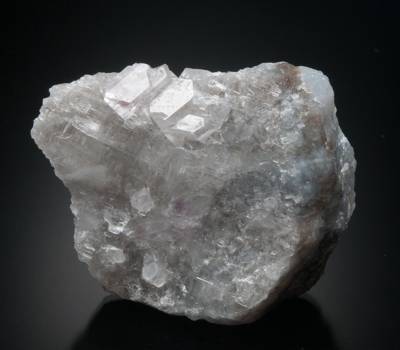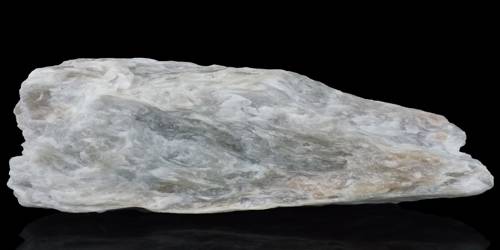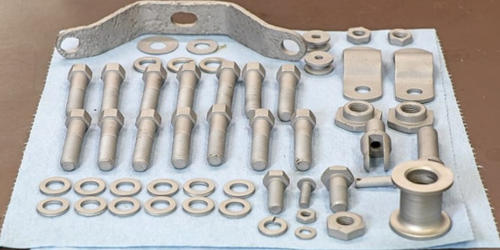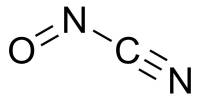Anhydrite is a mineral – anhydrous calcium sulfate, CaSO4. It is not a common mineral, as it easily alters the much more common mineral Gypsum from the addition of water into its chemical structure.
Anhydrite receives its name from the Greek “anhydrous” which means “without water.” It readily converts to gypsum under humid conditions or in contact with groundwater.
It is in the orthorhombic crystal system, with three directions of perfect cleavage parallel to the three planes of symmetry. It is not isomorphous with the orthorhombic barium (baryte) and strontium (Celestine) sulfates, as might be expected from the chemical formulas. Distinctly developed crystals are somewhat rare, the mineral usually presenting the form of cleavage masses. Anhydrite is commonly associated with calcite, halite, and sulfides such as galena, chalcopyrite, molybdenite, and pyrite in vein deposits.
The primary use of anhydrite is for soil treatment and other construction materials.
General Information
- Category: Sulfate mineral
- Formula: Anhydrous calcium sulfate: CaSO4
- Crystal system: Orthorhombic
- Crystal class: Dipyramidal (mmm).

Properties
The Mohs hardness is 3.5 and the specific gravity is 2.9. The color is white, sometimes greyish, bluish, or purple. On the best developed of the three cleavages, the luster is pearly; on other surfaces it is glassy.
- Color: Colorless to pale blue or violet if transparent; white, mauve, rose, pale brown or gray from included impurities
- Crystal habit: Rare tabular and prismatic crystals. Usually occurs as fibrous, parallel veins that break off into cleavage fragments. Also occurs as grainy, massive, or nodular masses
- Twinning: Simple or repeatedly on {011} common; contact twins rare on {120}
- Fracture: Conchoidal
- Tenacity: Brittle
- Mohs scale hardness: 3.5
- Luster: Pearly on {010}; vitreous to greasy on {001}; vitreous on {100}
- Streak: White
- Diaphaneity: Transparent to translucent
- Specific gravity: 2.97
When exposed to water, anhydrite readily transforms to the more commonly occurring gypsum, (CaSO4·2H2O) by the absorption of water. This transformation is reversible, with gypsum or calcium sulfate hemihydrate forming anhydrite by heating to around 200 °C (400 °F) under normal atmospheric conditions.
Occurrence
Anhydrite is most frequently found in evaporite deposits with gypsum; it was, for instance, first discovered, in 1794, in a salt mine near Hall in Tirol. In this occurrence, depth is critical since nearer the surface anhydrite has been altered to gypsum by absorption of circulating ground water.
Anhydrite sometimes occurs in arid regions, forming from the dehydration of Gypsum. Fine but usually small crystals may come from the rock area above salt domes, where the domes absorb all underground water and prevent it from entering the structure of the Anhydrite, which would otherwise cause it to alter to Gypsum. Anhydrite specimens in a collection may also alter to Gypsum if kept in moist conditions over a prolonged period of time.
Information Source;
















